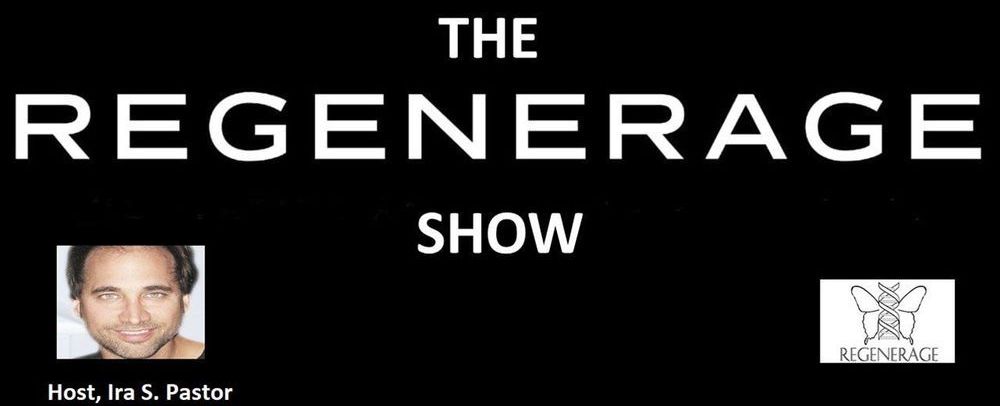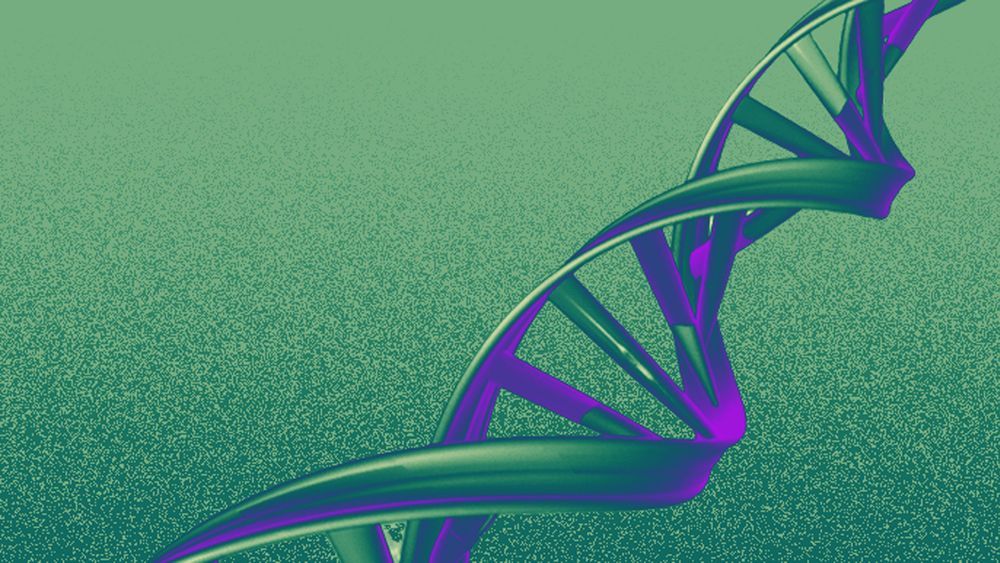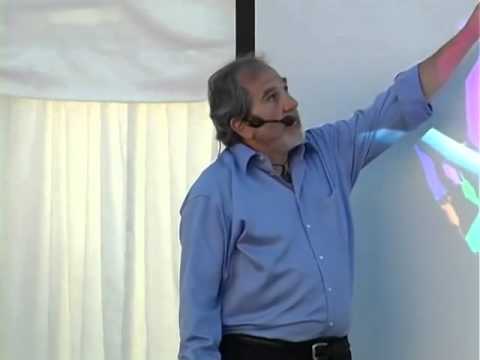Archive for the ‘biological’ category: Page 163
Sep 12, 2019
An important quantum algorithm may actually be a property of nature
Posted by Shane Hinshaw in categories: biological, genetics, information science, quantum physics
Evidence that quantum searches are an ordinary feature of electron behavior may explain the genetic code, one of the greatest puzzles in biology.
Sep 9, 2019
Warning to tourists as toxic slime that can ‘kill you in seconds’ swamps French beaches
Posted by Genevieve Klien in category: biological
FRANCE’S tourist beaches are being overrun with toxic slime which experts say can kill sunbathers and swimmers within seconds.
The green algae releases poisonous gases when trodden on causing those nearby to faint and suffer cardiac arrest, say reports.
At least three people and dozens of animals have already died, but some fear other deaths may have been mistakenly passed off as drownings.
Sep 7, 2019
Strange life-forms found deep in a mine point to vast ‘underground Galapagos’
Posted by Genevieve Klien in category: biological
Something odd is stirring in the depths of Canada’s Kidd Mine. The zinc and copper mine, 350 miles northwest of Toronto, is the deepest spot ever explored on land and the reservoir of the oldest known water. And yet 7,900 feet below the surface, in perpetual darkness and in waters that have remained undisturbed for up to two billion years, the mine is teeming with life.
Many scientists had doubted that anything could live under such extreme conditions. But in July, a team led by University of Toronto geologist Barbara Sherwood Lollar reported that the mine’s dark, deep water harbors a population of remarkable microbes.
The single-celled organisms don’t need oxygen because they breathe sulfur compounds. Nor do they need sunlight. Instead, they live off chemicals in the surrounding rock — in particular, the glittery mineral pyrite, commonly known as fool’s gold.
Sep 6, 2019
Biological age of humans reversed by years in groundbreaking study, scientists suggest
Posted by Tracy R. Atkins in categories: biological, life extension
Sep 1, 2019
Elon Musk: Humanity Is a Kind of ‘Biological Boot Loader’ for AI
Posted by Genevieve Klien in categories: biological, Elon Musk, robotics/AI
On Wednesday, Tesla CEO Elon Musk and Alibaba cofounder Jack Ma took the stage at the World AI Conference in Shanghai to debate artificial intelligence and its implications for humanity. As expected, Ma took a far more optimistic stance than Musk. Ma encouraged people to have faith in humanity, our creativity, and the future. “I don’t think artificial intelligence is a threat,” he said, to which Musk replied, “I don’t know, man, that’s like, famous last words.” An edited transcript of the discussion follows.
Elon Musk: What are we supposed to say? Just things about AI perhaps? Yeah. Okay. Let’s see.
Jack Ma: The AI, right? Okay, great.
Aug 30, 2019
The Regenerage Show — Episode 2 — “What Causes Biological Aging?” — Ira Pastor — Host
Posted by Paul Battista in categories: biological, life extension

Ira Pastor, CEO, Bioquark Inc., Hosting The Regenerage Show — Episode 2 — “What Causes Biological Aging?”
Aug 28, 2019
Trade Deal Or Not, China Is Investing Big In Synthetic Biology
Posted by Klaus Baldauf in categories: bioengineering, biological
The Hong Kong Science Park is one example of how national planning and strategic investment have enabled China’s Pearl River Delta region to become a global leader in transformative industries like synthetic biology. Will the US follow suit?
Aug 28, 2019
A New Database for Genes Linked to Cellular Senescence
Posted by Steve Hill in categories: biological, genetics, life extension, mapping
Researchers have launched a new database dedicated to mapping and understanding the complexity of cellular senescence in a bid to help us fully understand this age-related phenomenon.
Introducing the CellAge database
The Human Ageing Genomic Resources ( HAGR ) is a series of databases and tools that have been developed to aid researchers on aging and help them study the genetic elements of human aging. The databases utilize modern techniques, such as functional genomics, network analyses, systems biology, and evolutionary analyses, to build what is one of the most valuable resources available today.
















